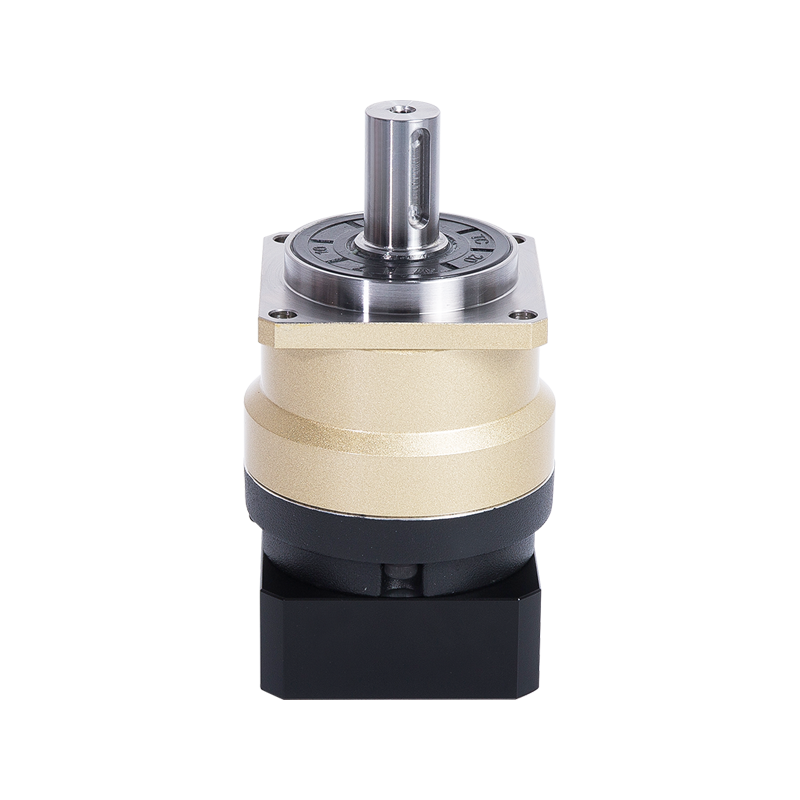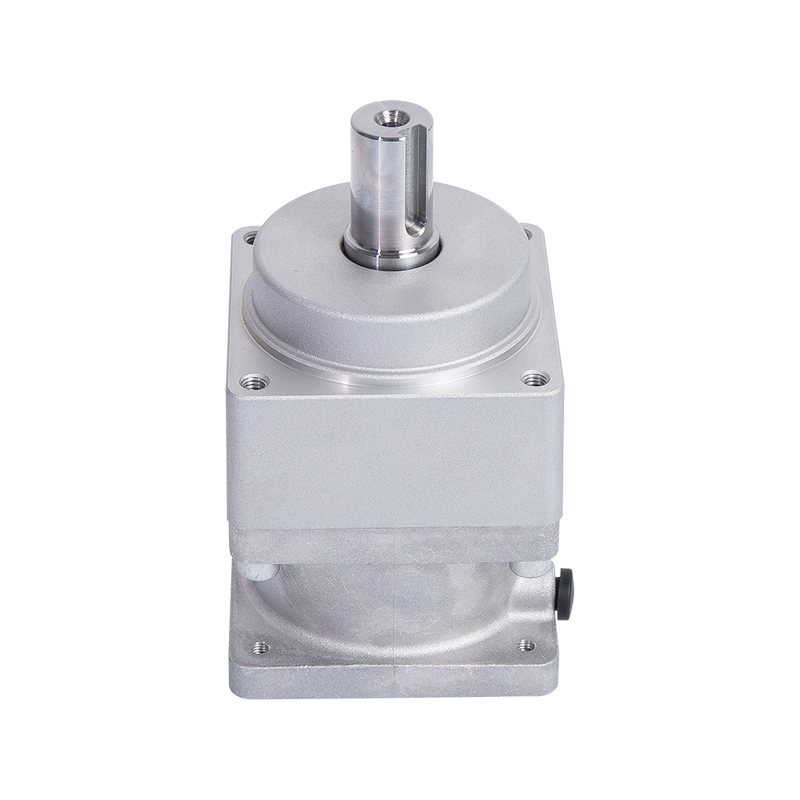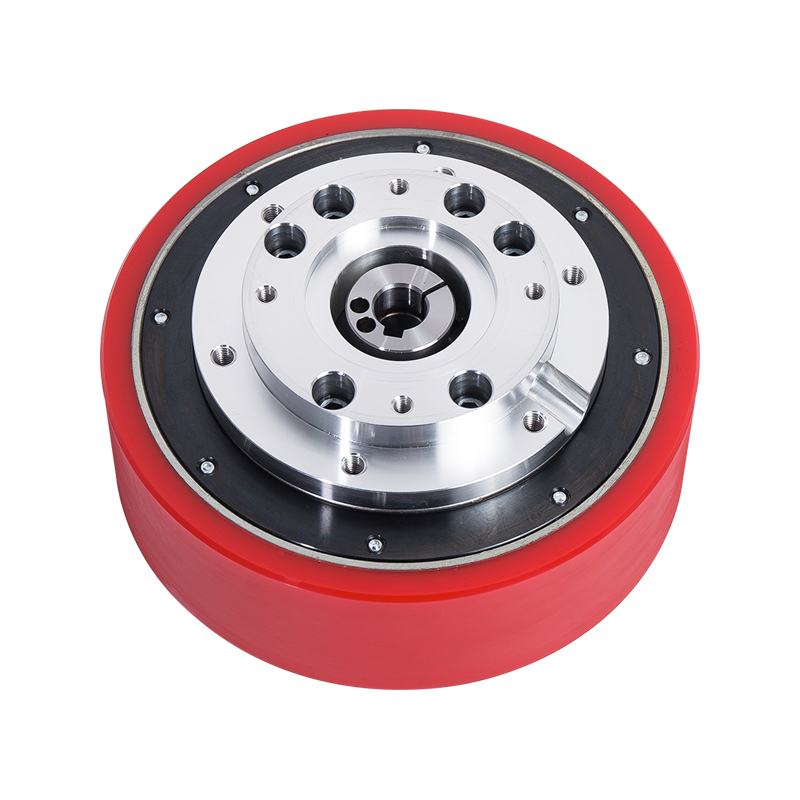Introduction to Star Reducers
Star reducers, also known as planetary gear reducers, have become essential components in modern industrial applications where space efficiency and power density matter. The low noise economical star reducer variant offers these benefits while addressing the growing need for quieter operation in sensitive environments like food processing plants, medical equipment, and office-adjacent manufacturing facilities.
These reducers combine the compact design of planetary gear systems with advanced noise reduction technologies to deliver reliable torque multiplication without the typical gear whine associated with traditional gearboxes. Their economical nature makes them accessible to small and medium-sized operations that can't justify premium-priced silent gear solutions.
Key Advantages of Low Noise Economical Star Reducer
The primary benefits that make these reducers stand out include:
- Reduced operational noise: Typically operating below 65 dB at 1 meter distance
- Cost-effective design: 30-40% more affordable than precision helical gear reducers
- Compact footprint: Planetary design allows for high power density in small packages
- Energy efficiency: 92-95% efficiency ratings in common configurations
- Maintenance simplicity: Fewer wearing parts than competing quiet gear technologies
These characteristics make low noise star reducers ideal for conveyor systems, packaging machinery, textile equipment, and other applications where both budget and noise constraints exist.
Noise Reduction Technologies in Star Reducers
Manufacturers employ several techniques to achieve quiet operation in economical star reducers:
Precision Gear Cutting
Advanced hobbing and grinding processes create gear teeth with minimal deviation from ideal profiles, reducing vibration and consequent noise generation.
Optimized Tooth Geometry
Modified involute profiles and tip relief prevent edge loading and sudden tooth engagement that cause acoustic emissions.
Vibration-Damping Materials
Special aluminum alloys and composite housings absorb vibration energy before it can radiate as sound.
Precision Bearings
ABEC-3 or better bearings minimize rotational vibration that contributes to overall noise levels.
Acoustic Isolation
Rubber mounting pads and isolation gaskets prevent structure-borne noise transmission to supporting frames.
Performance Comparison Table
| Feature | Standard Star Reducer | Low Noise Star Reducer | Premium Silent Reducer |
| Noise Level (dB @ 1m) | 72-78 | 62-67 | 55-60 |
| Efficiency (%) | 90-93 | 92-95 | 94-96 |
| Cost Index | 1.0 | 1.2 | 2.5-3.0 |
| Maintenance Interval | 6 months | 9 months | 12 months |
| Typical Applications | Industrial fans, pumps | Packaging, conveyors | Medical, laboratory |
This comparison demonstrates how low noise star reducers occupy the sweet spot between performance and affordability for many applications.
Selecting the Right Low Noise Star Reducer
Choosing the appropriate reducer requires considering several factors:
Torque Requirements
Calculate both nominal and peak torque needs, including safety factors for shock loads. Undersizing leads to premature failure while oversizing wastes energy.
Speed Ratios
Common ratios for quiet star reducers range from 3:1 to 100:1. Multi-stage units provide higher ratios when needed.
Mounting Configuration
Consider foot-mounted, flange-mounted, or shaft-mounted designs based on your machine layout and space constraints.
Environmental Conditions
For wet or dusty environments, specify appropriate sealing (IP65 or better) and corrosion-resistant materials.
Service Life Expectancy
Industrial models typically offer 15,000-20,000 hours L10 bearing life. Critical applications may warrant extended-life versions.

Installation Best Practices
Proper installation maximizes performance and noise reduction:
- Alignment: Use laser alignment tools to achieve <0.1mm misalignment for quiet operation
- Mounting: Employ vibration-isolating mounts to prevent noise transmission
- Lubrication: Fill with manufacturer-recommended synthetic gear oil to proper level
- Load Testing: Gradually ramp up to full load over several hours
- Acoustic Verification: Measure noise levels at various operating points
Following these steps ensures your low noise reducer performs as intended throughout its service life.
Maintenance for Quiet Operation
Preserving the low-noise characteristics requires specific maintenance attention:
Lubrication Schedule
Change oil at manufacturer intervals using only approved lubricants. Contaminated or degraded oil increases friction noise.
Vibration Monitoring
Regular vibration analysis can detect developing gear or bearing issues before they become audible problems.
Fastener Checks
Retorque all mounting bolts periodically as vibration can loosen connections, creating rattling noises.
Seal Inspection
Worn seals allow lubricant leakage and contaminant ingress, both contributing to increased operating noise.
Gear Inspection
During major services, inspect gear teeth for pitting, spalling, or abnormal wear patterns that generate noise.
Troubleshooting Common Noise Issues
Even well-maintained reducers may develop noise problems. Here's how to diagnose them:
| Noise Type | Possible Cause | Corrective Action |
| High-pitched whine | Gear misalignment, improper backlash | Realign gears, adjust backlash to spec |
| Low-frequency rumble | Bearing wear, improper lubrication | Replace bearings, change lubricant |
| Intermittent knocking | Loose mounting, worn couplings | Retighten mounts, inspect couplings |
| Constant humming | Resonance in mounting structure | Add vibration dampers, modify mounting |
Addressing these issues promptly prevents further damage and maintains quiet operation.
Applications Benefiting Most from Low Noise Star Reducers
Certain applications see particular advantages from these reducers:
Food Processing Equipment
Meeting hygiene noise standards while withstanding washdown conditions.
Packaging Machinery
Quiet operation improves worker comfort in packaging lines without sacrificing reliability.
Medical Device Manufacturing
Precision equipment requires both quiet operation and positioning accuracy.
Office Building Systems
HVAC and elevator drives where noise regulations are strict.
Textile Machinery
High-speed operation demands smooth, quiet power transmission.
Future Trends in Quiet Reducer Technology
The low noise reducer market continues evolving with several promising developments:
- Advanced Materials: Carbon fiber reinforced gears and nanocomposite housings for better damping
- Smart Monitoring: Integrated vibration sensors with IoT connectivity for predictive maintenance
- Improved Lubricants: Nano-additive oils that further reduce friction noise
- Hybrid Designs: Combining planetary and harmonic drive principles for ultra-quiet operation
- Additive Manufacturing: 3D-printed gear geometries optimized for silent meshing
These innovations promise to make economical quiet reducers even more effective and accessible.
Conclusion
Low noise economical star reducers represent an optimal balance between performance, acoustics, and cost for many industrial applications. By understanding their design principles, proper selection criteria, and maintenance requirements, engineers and maintenance professionals can effectively implement these solutions to create quieter working environments without compromising productivity or breaking budgets.
As noise regulations become stricter and workforce comfort gains importance across industries, the demand for these balanced solutions will only grow. The ongoing technological advancements ensure that future generations of low noise star reducers will deliver even better performance at competitive price points.

 en
en русский
русский Deutsch
Deutsch 日本語
日本語 Español
Español 简体中文
简体中文










